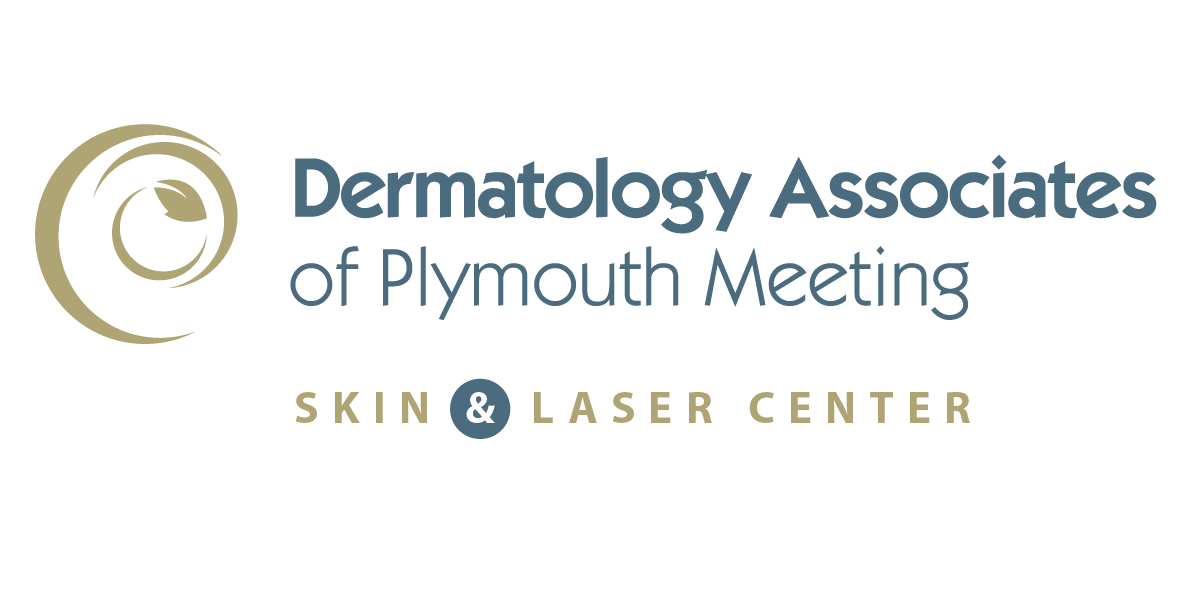Conditions
What Is Hidradenitis Suppurativa?
Hidradenitis Suppurativa (HS) is a long-term skin condition that can result in lumps, bumps, scars and other anomalies where hair follicles are located. HS affects around 1 in 100 individuals, and many cases can become physically and psychologically painful. There is currently no known cure for HS, but dermatologists have developed many ways to treat symptoms so those suffering from this ailment can get on with their lives. The sooner you get diagnosed and treated for HS, the better your outcomes will likely be.

At Dermatology Associates of Plymouth Meeting, our researchers are currently studying mild-to-moderate Hidradenitis Suppurativa through clinical trials.
Symptoms of Hidradenitis Suppurativa
Hidradenitis Suppurativa (HS) symptoms may vary from one case to the next based on the severity of the condition. HS is usually characterized by painful, boil-like bumps (also known as nodules or abscesses), which may be mistaken for other conditions like acne, herpes, or boils. These nodules tend to occur wherever the skin folds and rubs together, such as the armpits, breasts, buttocks and groin.
Other common symptoms of HS include:
- Pea-sized lumps that cause pain
- Sores that leak pus and give off odor
- Blackheads
- Tunnels that occur under the skin and connect abscesses
Causes of Hidradenitis Suppurativa
Like so many skin conditions, the root cause of HS is unknown. That said, the symptoms associated with HS occur when hair follicles are blocked. Certain factors may contribute to HS and worsen symptoms, such as:
- Obesity
- Smoking
- Hormones (this condition is more prevalent during and after puberty and prior to menopause)
- Genetics (HS runs in families about 33% of the time)
- Crohn’s disease may be linked to HS in rare instances
Diagnosis of Hidradenitis Suppurativa
Proper diagnosis of HS is crucial considering its symptoms often resemble other skin conditions. Though dermatologists don’t currently have a specific diagnostic test for HS, they can try to identify the condition through a careful visual examination and by swabbing any infected areas to rule out the presence of bacteria.
Your dermatologist will also take into account your medical history, run imaging tests (such as X-rays or CT scans) or perform a biopsy to determine your skin condition. The experts at Dermatology Associates of Plymouth Meeting have access to the best diagnostic methods and equipment to identify HS and other skin problems.
Treatment Options for Hidradenitis Suppurativa
As previously mentioned, HS cannot be cured at this time. At Dermatology Associates of Plymouth Meeting, our researchers are currently exploring new treatment possibilities for this stubborn condition. In the meantime, there are many effective treatments for HS, including medications, topical treatments, surgeries, and lifestyle adjustments.
Medications
Medications for HS include antibiotics (erythromycin, lymecycline, doxycycline and tetracycline), anti-inflammatory drugs (such as metformin), hormonal medications (birth control, spironolactone, finasteride) retinoids and biologics.
Topical Treatments
Some treatments for HS are applied directly to the skin, such as clindamycin (an antibiotic cream), intralesional corticosteroids like triamcinolone or an anti-inflammatory chemical peel known as a topical resorcinol.
Surgical Options
Severe Hidradenitis Suppurativa may require surgical intervention to ease symptoms, even if only temporarily. The most common surgical treatment for HS is incision and drainage, wherein abscesses are carefully drained to reduce pain. Dermatologists might also recommend a skin excision to fully remove a lesion and tunnel—this results in a significant wound.
Clinical Trial
Dermatology Associates of Plymouth Meeting Research Department offers a wide range of clinical trials and remains committed to exploring the newest treatments to better the dermatology landscape. Visit our research page or contact our office to see if you qualify to participate in a medical research study.
Lifestyle Changes
Patients with HS can also relieve symptoms by changing their lifestyles. Losing weight, managing stress and cutting smoking can help.
Prevention of Hidradenitis Suppurativa Flare-Ups
Hidradenitis Suppurativa is typically with someone for the long haul, flaring up now and again throughout one’s life. The good news is that there are several ways to prevent and mitigate these eruptions and get a better handle on your HS.
Maintaining good hygiene is one of the important things you can do to control HS flare-ups. While HS isn’t directly linked to poor hygiene, keeping your skin clean, exfoliated, and moisturized can help keep hair follicles open and put your mind at ease. It’s also crucial to steer clear of triggers that might worsen your HS symptoms—these might include stressful situations and cigarette smoke. Lastly, follow a skin care routine recommended by your dermatologist. This will help you maintain good hygiene and stay proactive when it comes to controlling HS symptoms.
Get a Handle on Hidradenitis Suppurativa
Hidradenitis Suppurativa, even in its milder forms, can take a major toll on your physical and mental well-being. The good news is that medical experts like those at Dermatology Associates of Plymouth Meeting are hard at work finding newer, better solutions for treating HS—and that many viable treatment options already exist.
Don’t wait to do something about your HS symptoms. Get the HS treatment and information you need by contacting Dermatology Associates of Plymouth Meeting today at 610.947.4322.
